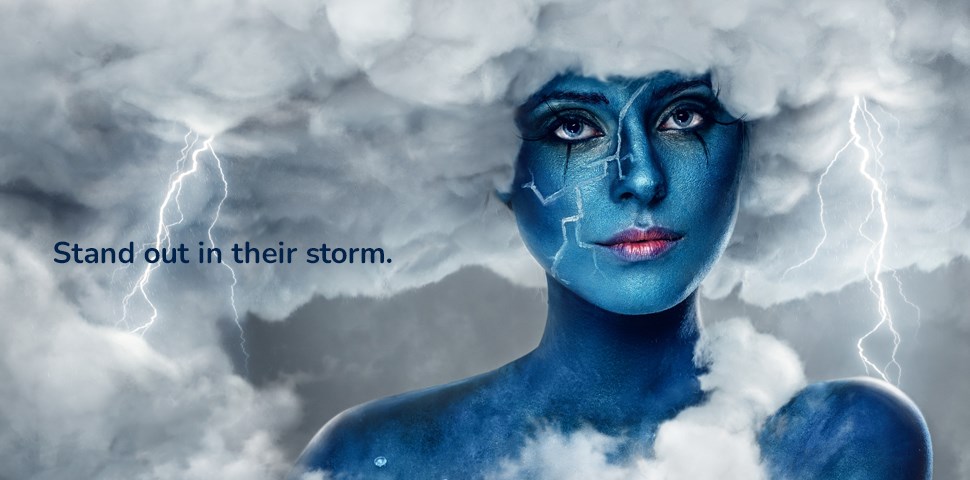Picture this. The TV is humming in the background. There’s dialogue you’re not really listening to, a character you half-remember, and a phone that has your full attention.
You’re scrolling, tapping, watching, and only glancing up when something loud happens.
This is how people consume content now. It’s called second screen viewing, and for marketers, it means one thing: your ad, your post, your story - it’s fighting to break through the noise of everything else happening at once.
The New Attention Landscape

The TV, podcasts, playlists, and YouTube videos play in the background while the real focus is on the phone – the “second screen” that’s now the first priority.
It’s a world filled with competing noise: background shows, music, conversations, notifications. And in that world, you only have seconds to make someone stop, look, and feel something before their attention shifts again.
You Only Have Seconds
Three seconds to make them pause. Seven seconds to make them care. That’s the window between being ignored and being remembered.
In a feed filled with motion, sound, and chaos, the most effective content is designed for speed. It uses clear visual cues, fast hooks, and emotional triggers to stop the scroll long enough to register.
You don’t need to tell your full story in three seconds. You just need to earn the next three.

The Noise Problem
The biggest challenge for marketers today isn’t competition from other brands - it’s distraction.
Your audience isn’t sitting quietly, waiting to absorb your message. They’re watching a show, messaging a friend, checking prices, half-listening to a podcast, and scrolling through reels all at once.
It’s a sensory overload, and your content is entering that storm.
That means your creative must cut through noise, not just clutter.
- Visuals need to speak instantly, even without sound.
- Text and captions should be readable at a glance.
- Sound design, if used, should enhance emotion rather than fight against background audio.
Your content needs to work in chaos. If it’s understandable in that noisy, distracted environment, it will thrive anywhere.
Designing for the Second Screen
So how do you grab attention in the middle of this digital multitasking marathon?
Lead with movement.
Something has to shift or happen in the first second. Motion naturally attracts the eye before the brain decides to look away.
Say less. Show more.
Viewers are already juggling inputs, so keep messages visual and minimal. Let imagery and pacing do the talking.
Play with sound smartly.
If sound is on, it should enhance focus — not compete with it. Think beats, repetition, or subtle cues that cut through background TV or conversation.
Land the message early.
People might only see half your ad. Make sure the brand, tone, or takeaway is clear in the first half.

Attention Is Not Gone, It’s Just Noisy
People are not paying less attention. They’re paying it in bursts – short, sharp, distracted bursts.
That’s not a reason to panic; it’s an opportunity to adapt. When your brand learns to live in that noisy space – to design for distraction, not against it – your message becomes stronger.
Because if you can win attention in the chaos, you can hold it anywhere.
The Bottom Line
Your audience’s world is louder, busier, and more distracted than ever. The TV hums, the phone scrolls, and your content has milliseconds to break through it all.
To win on the second screen, your creative needs to be fast, bold, and built for the noise.
At Firewater, we help brands craft stories that stand out in the chaos – content made for the moments when attention is fleeting and focus is split.
Because when everyone’s distracted, clarity becomes the ultimate strategy.




